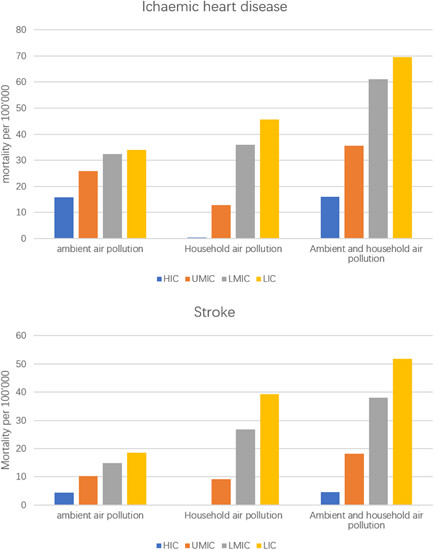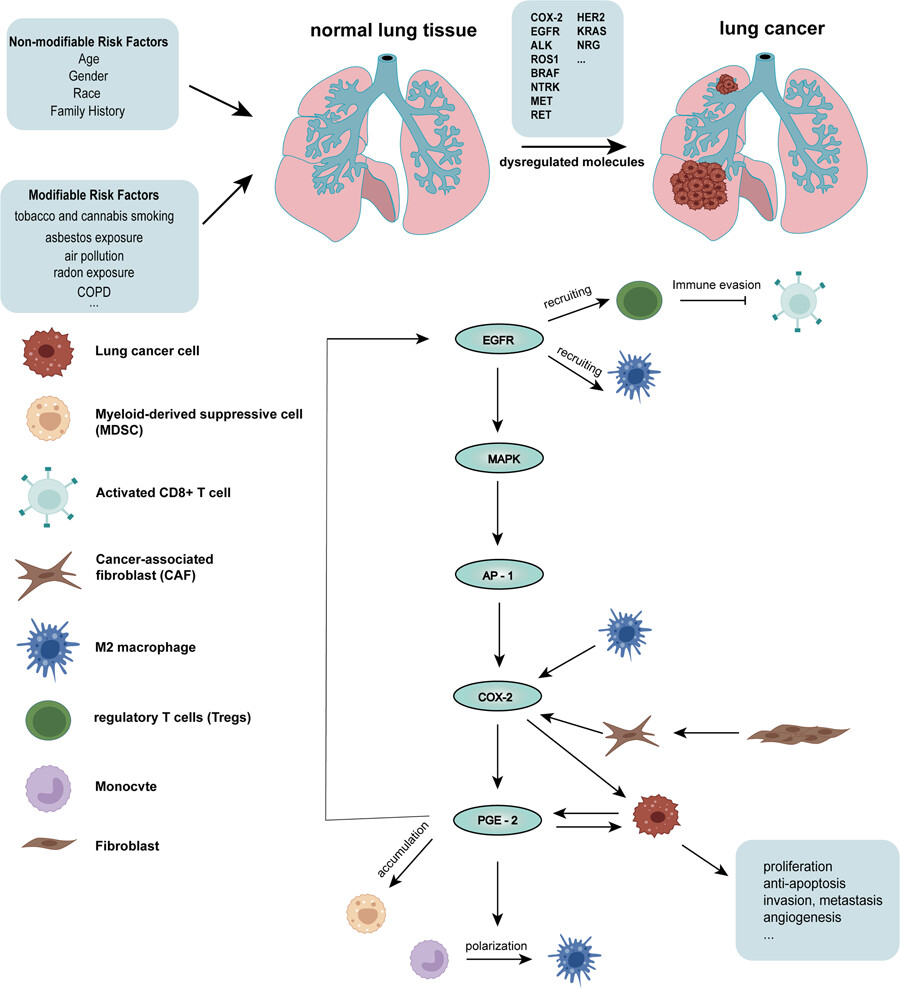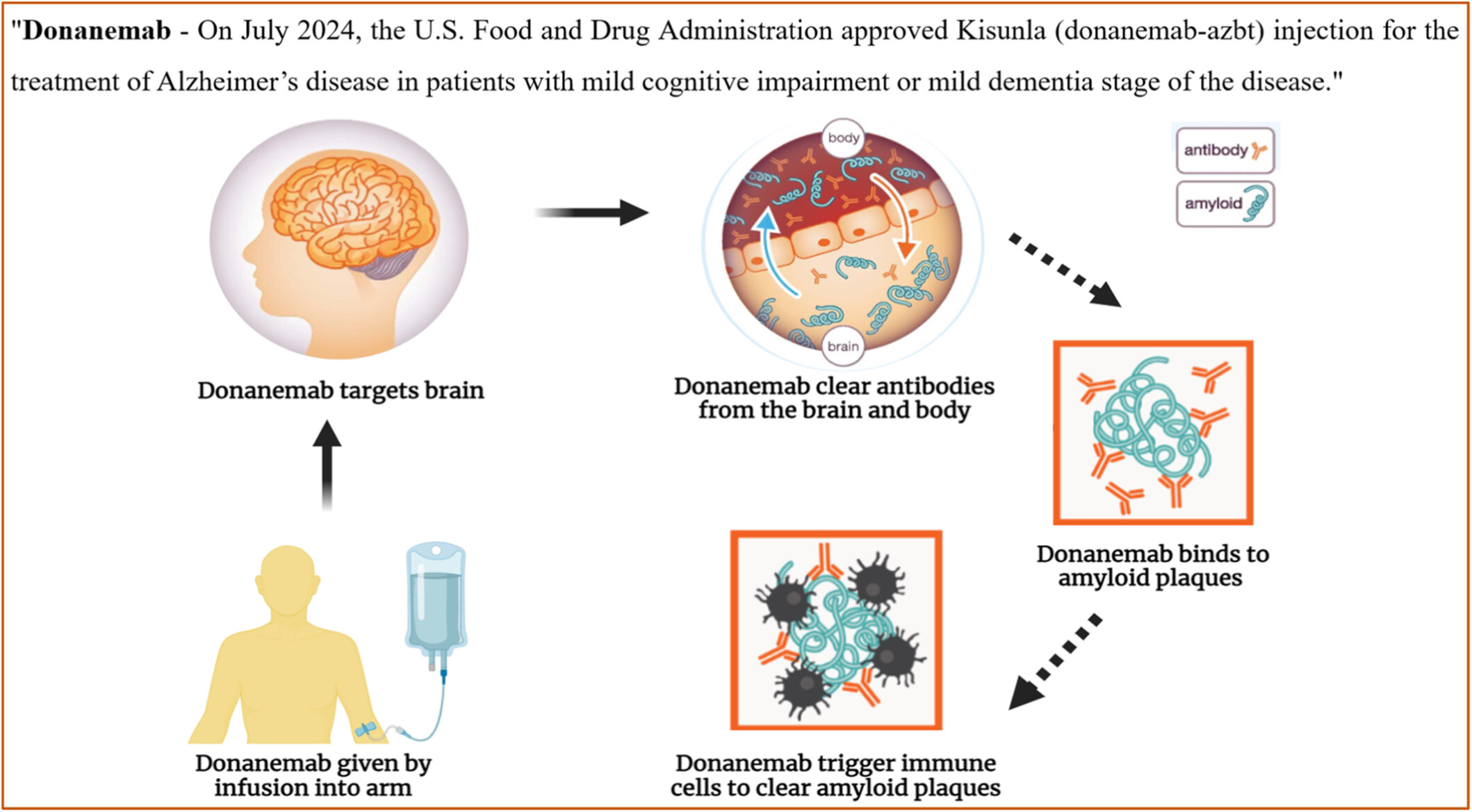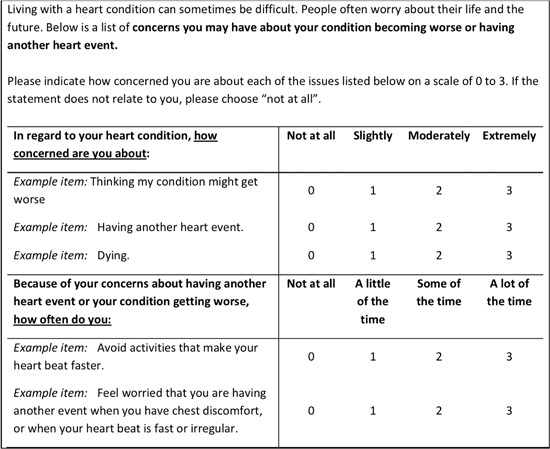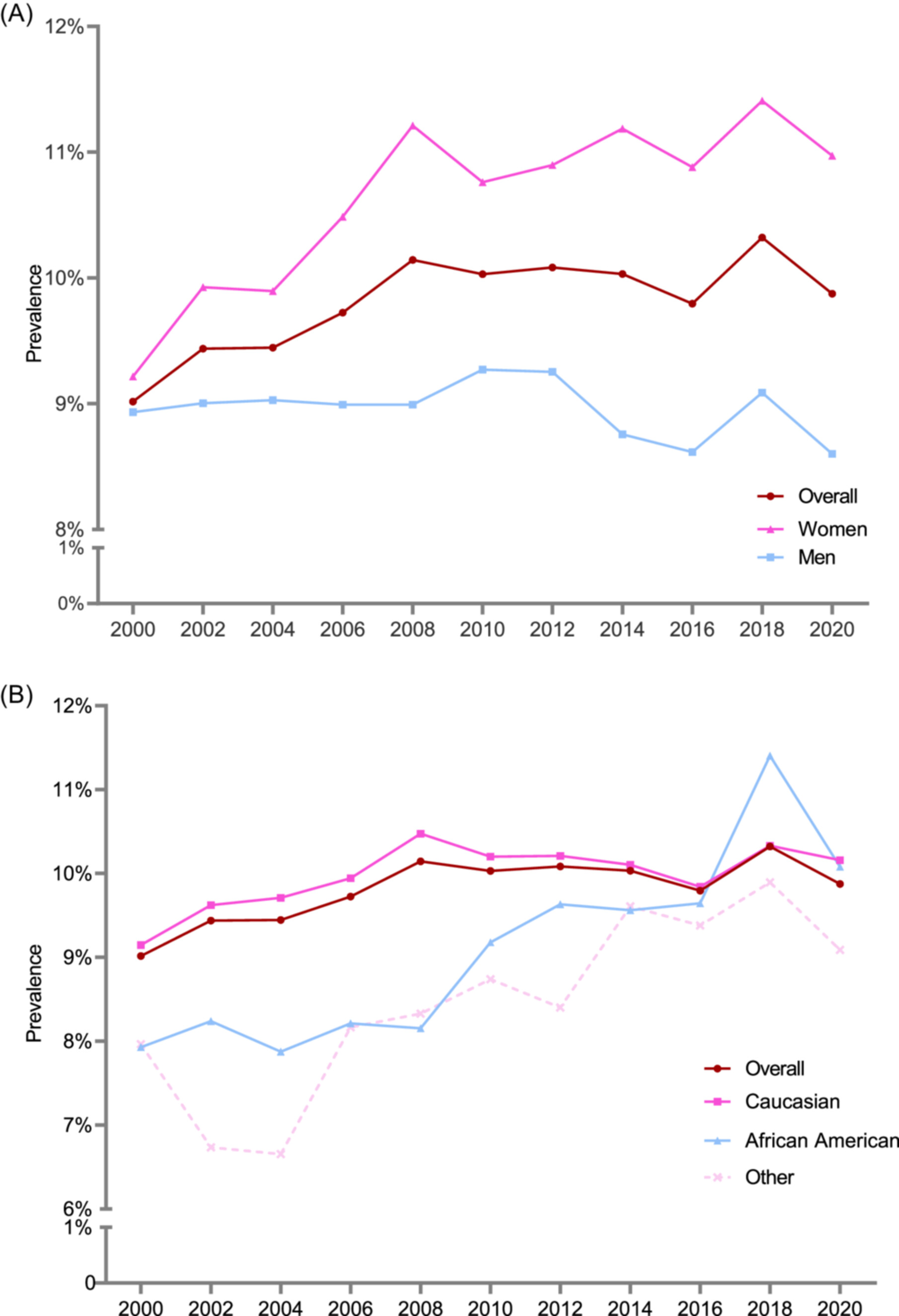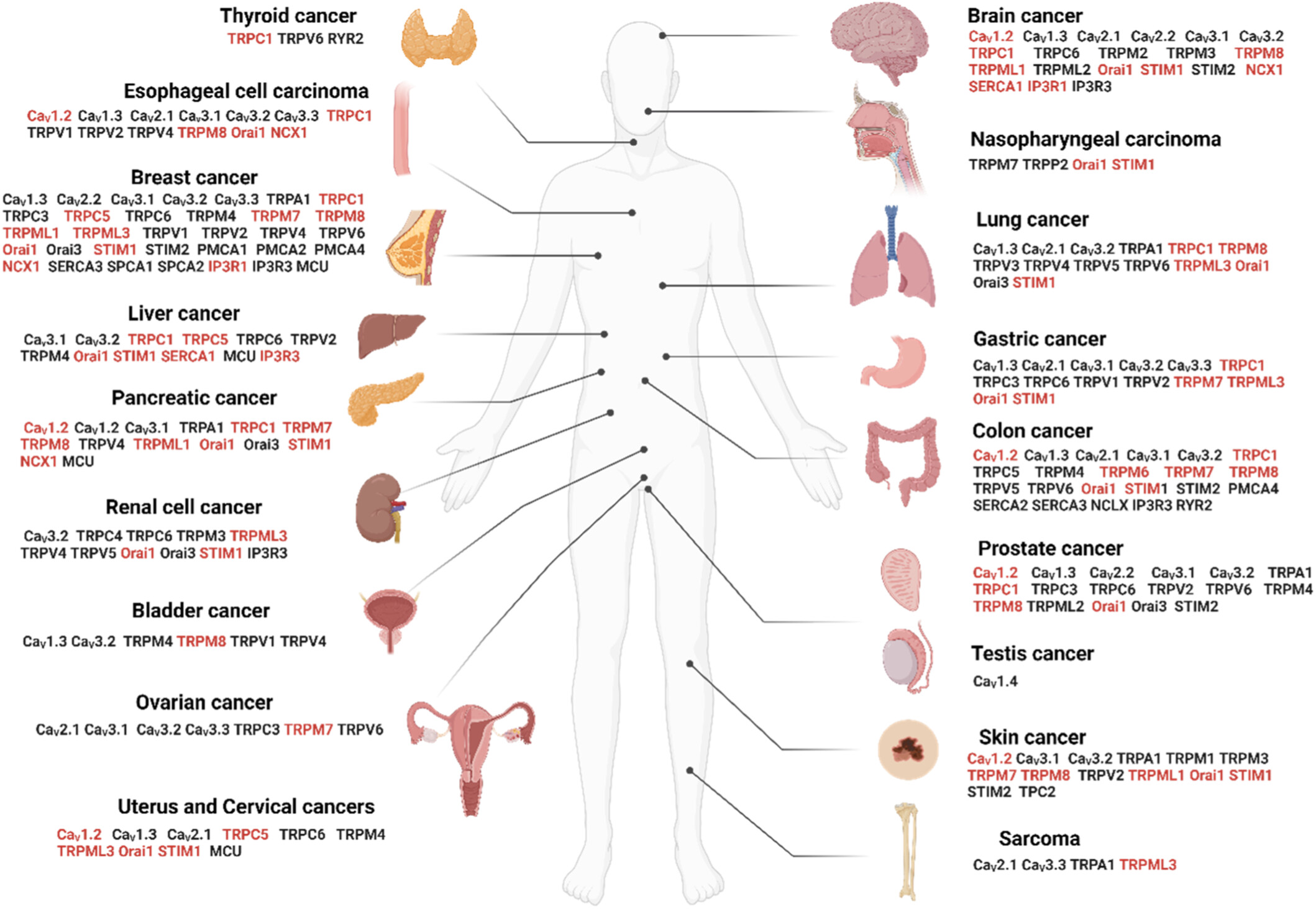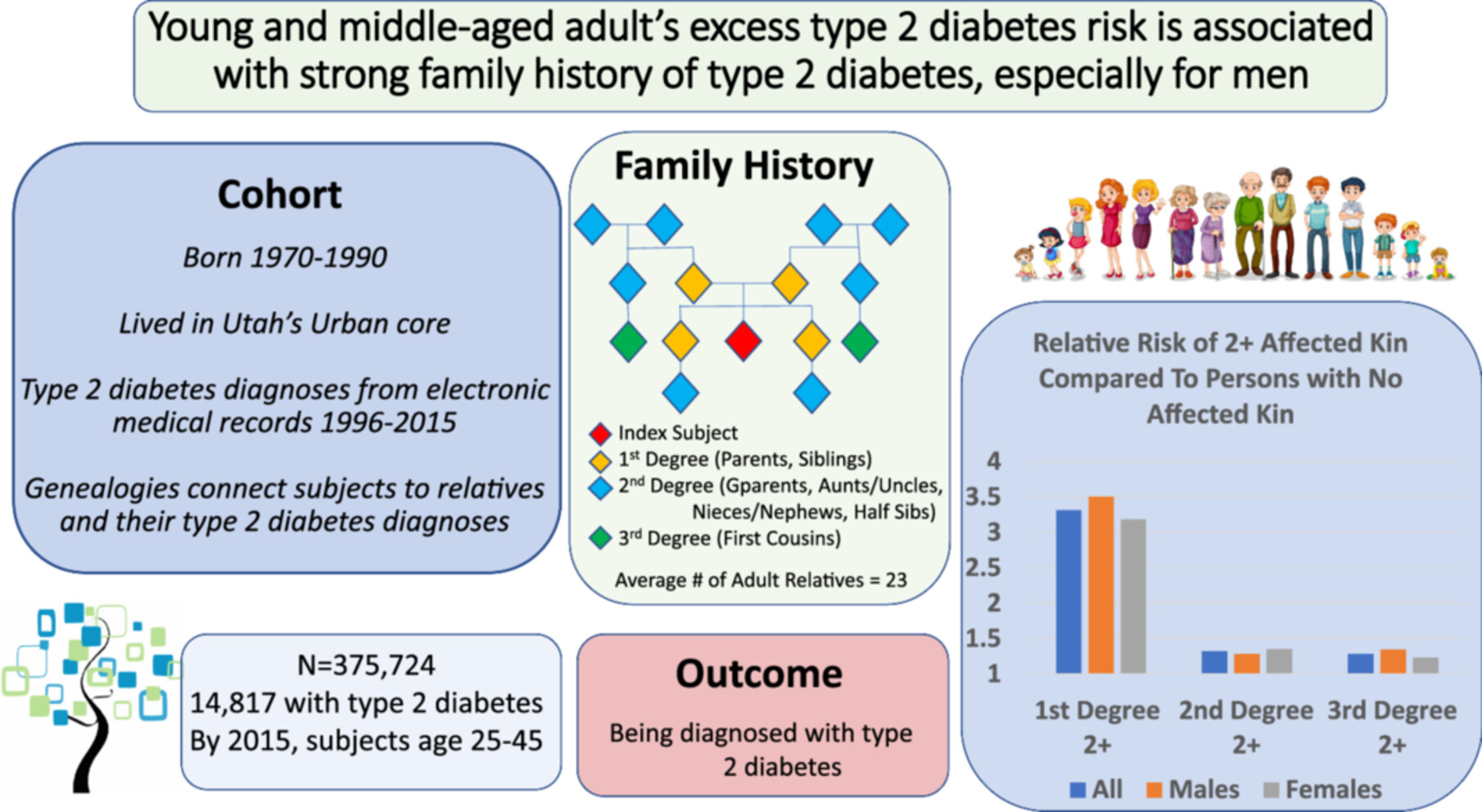Journal list menu
Export Citations
Download PDFs
Table of Contents
Molecular regulation of calcium-sensing receptor (CaSR)-mediated signaling
- First Published: 29 April 2024
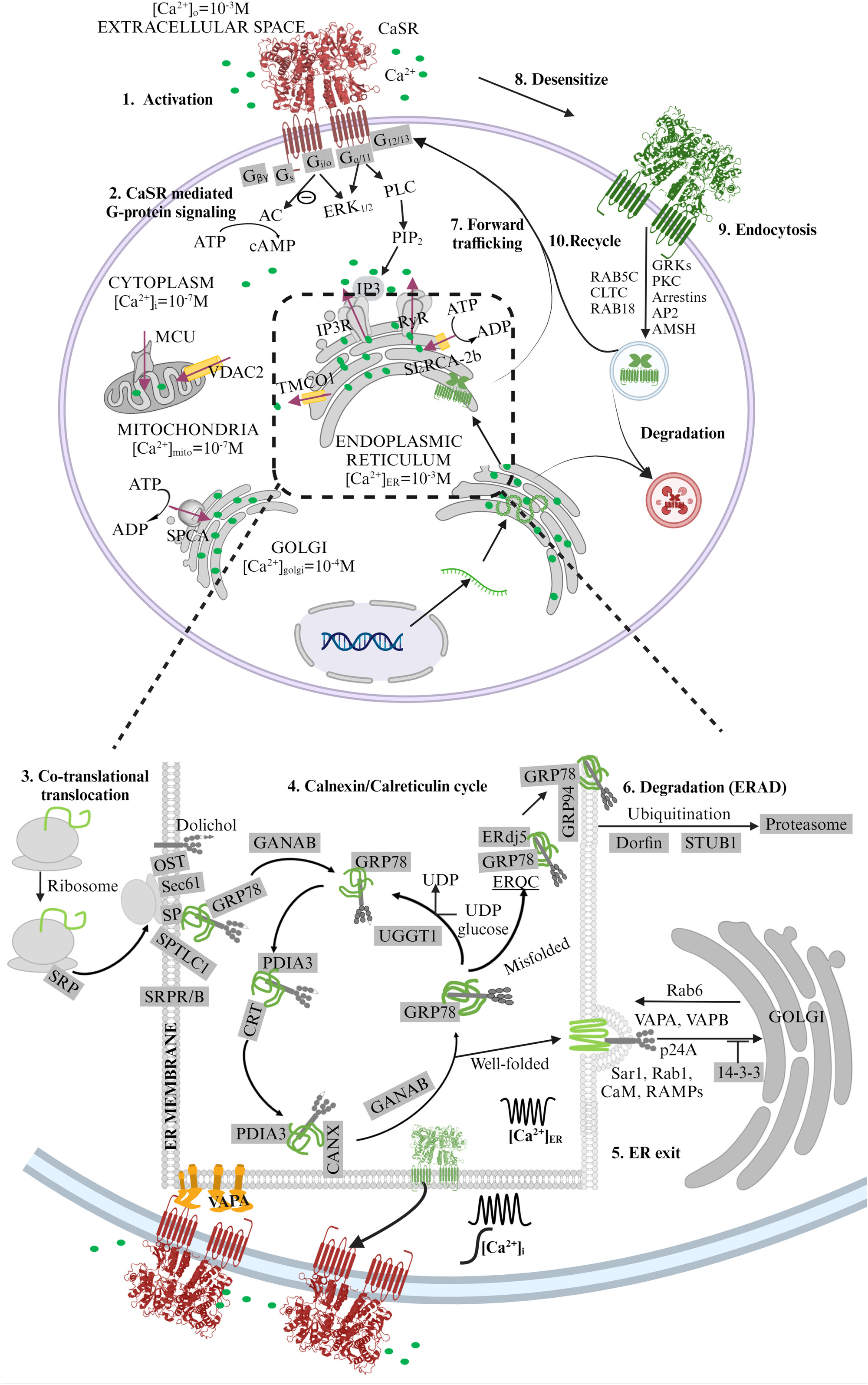
The CaSR interactome characterizes the life cycle of CaSR and its signaling capacity. (1) Extracellular calcium activates CaSR and (2) mediates intracellular G-protein-coupled signaling, leading to ER calcium release by generating IP3 through phospholipase C (PLC) hydrolysis of PIP2. Treatment with extracellular calcium and alterations in ER calcium enrich the CaSR interactors, contributing to various processes within the ER (zoomed in). These processes include (3) cotranslational translocation, (4) quality control of the calnexin/calreticulin cycle, (5) ER exit of well-folded proteins, and (6) degradation of misfolded proteins. (7) The well-folded CaSR is trafficked to the cell membrane through agonist-driven insertion, where it can be (8) desensitized and (9) enter the cell through endocytosis. The endocytosed CaSR can either be (10) recycled back to the cell membrane or degraded in the lysosome.
Pathways to chronic disease detection and prediction: Mapping the potential of machine learning to the pathophysiological processes while navigating ethical challenges
- First Published: 09 June 2024
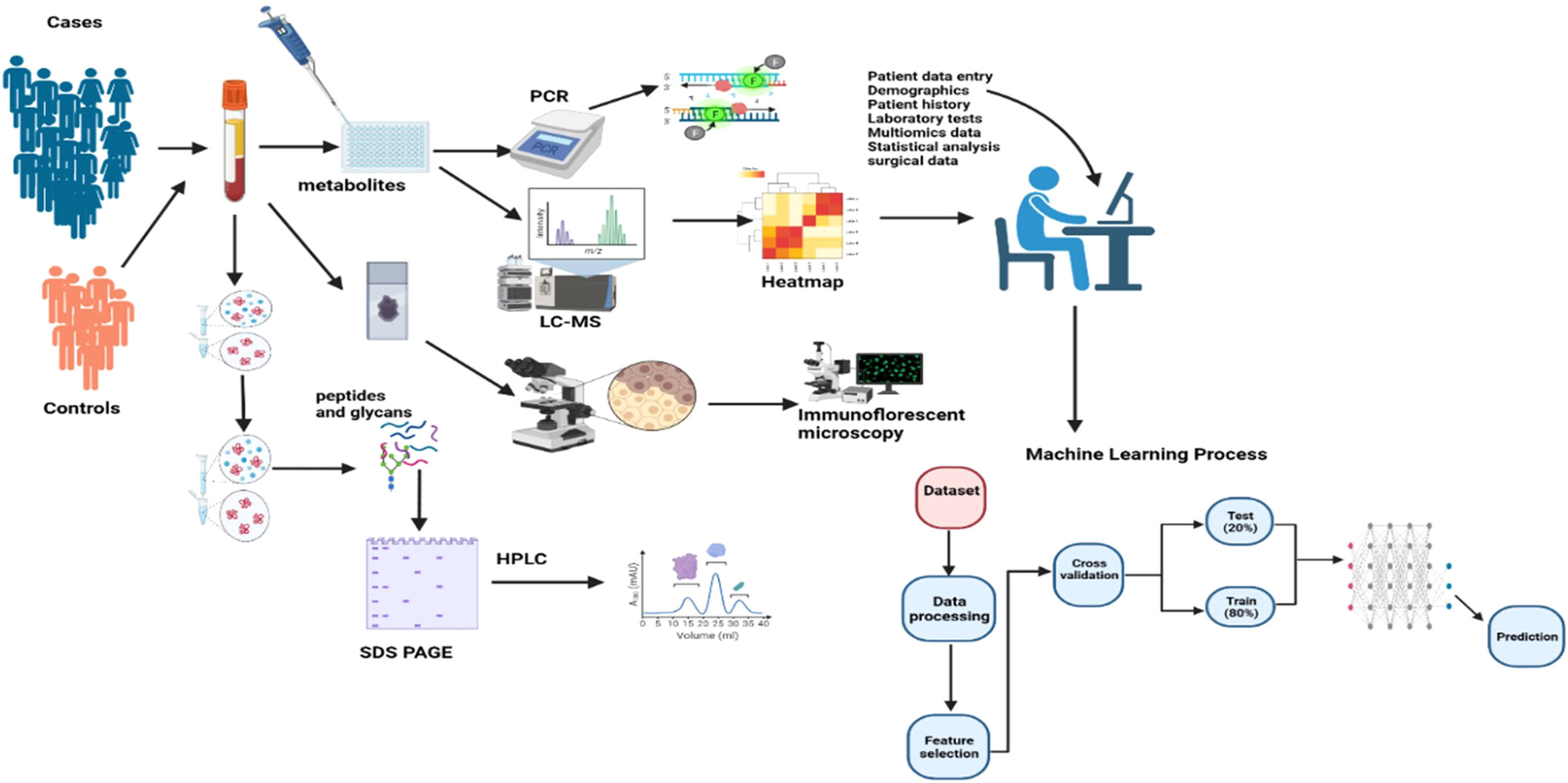
Laboratory methods and application of machine learning for disease prediction and diagnosis. Diagnosis of diseases begins with screening a population, sample collection, processing, and quantitation with molecular/analytical methods (e.g., polymerase chain reaction [PCR], liquid chromatography mass spectrophotometry [LC-MS], high-performance liquid chromatography [HPLC], sodium dodecyl sulfate polyacrylamide gel electrophoresis [SDS-PAGE]), and immunofluorescent macroscopy among others. Machine learning algorithms can discover patterns in the data generated from analytical methods and make predictions.
Cardiovascular disease mortality and air pollution in countries with different socioeconomic status
- First Published: 07 February 2024
Unveiling blood pressure-associated genes in aortic cells through integrative analysis of GWAS and RNA modification-associated variants
- First Published: 30 April 2024
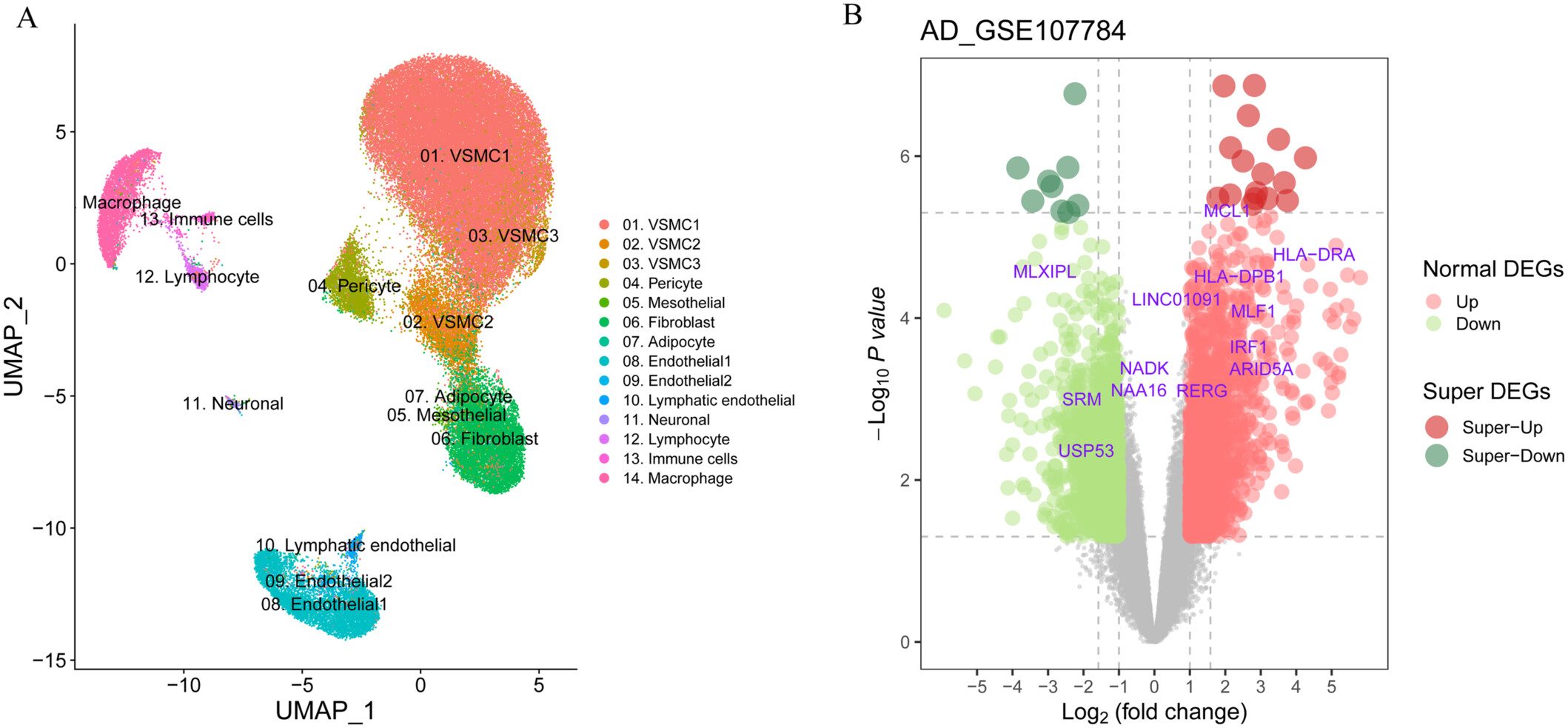
Differential expression genes in single-cell transcriptomic sequencing study. (A) Uniform Manifold Approximation and Projection (UMAP) visualization showcasing distinct immune cell types among six cases and seven controls. (B) Volcano plot displaying differential expression genes between aortic dissection patients and controls.
COX-2 in lung cancer: Mechanisms, development, and targeted therapies
- First Published: 12 March 2024
Translational Medicine in Alzheimer's Disease: The Journey of Donanemab From Discovery to Clinical Application
- First Published: 16 December 2024
Protocol for the development and validation of a clinical measurement tool for fear of disease progression and recurrence in cardiac patients
- First Published: 24 January 2024
Trends in the prevalence and incidence of chronic obstructive pulmonary disease among adults aged ≥50 years in the United States, 2000–2020
- First Published: 31 May 2024
Adaptive ultra-hypofractionated whole-pelvic radiotherapy in high-risk and very high-risk prostate cancer on 1.5-Tesla MR-Linac: Estimated delivered dose and early toxicity results
- First Published: 21 January 2024
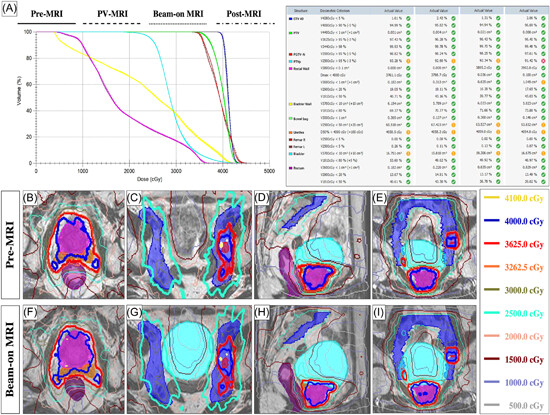
The dose distributions on each magnetic resonance imaging (MRI) scan. (A) A representative DVH plot with four plans and dose metrics on each MRI scan after re-planning in one fraction. (B–I) Representative dose distributions of the prostate and pelvic of the Adapt-To-Shape (ATS) plan on Pre-MR (B–E) and Beam-on MR scan (F–I).
Association of cardiorenal biomarkers with mortality in metabolic syndrome patients: A prospective cohort study from NHANES
- First Published: 03 September 2024
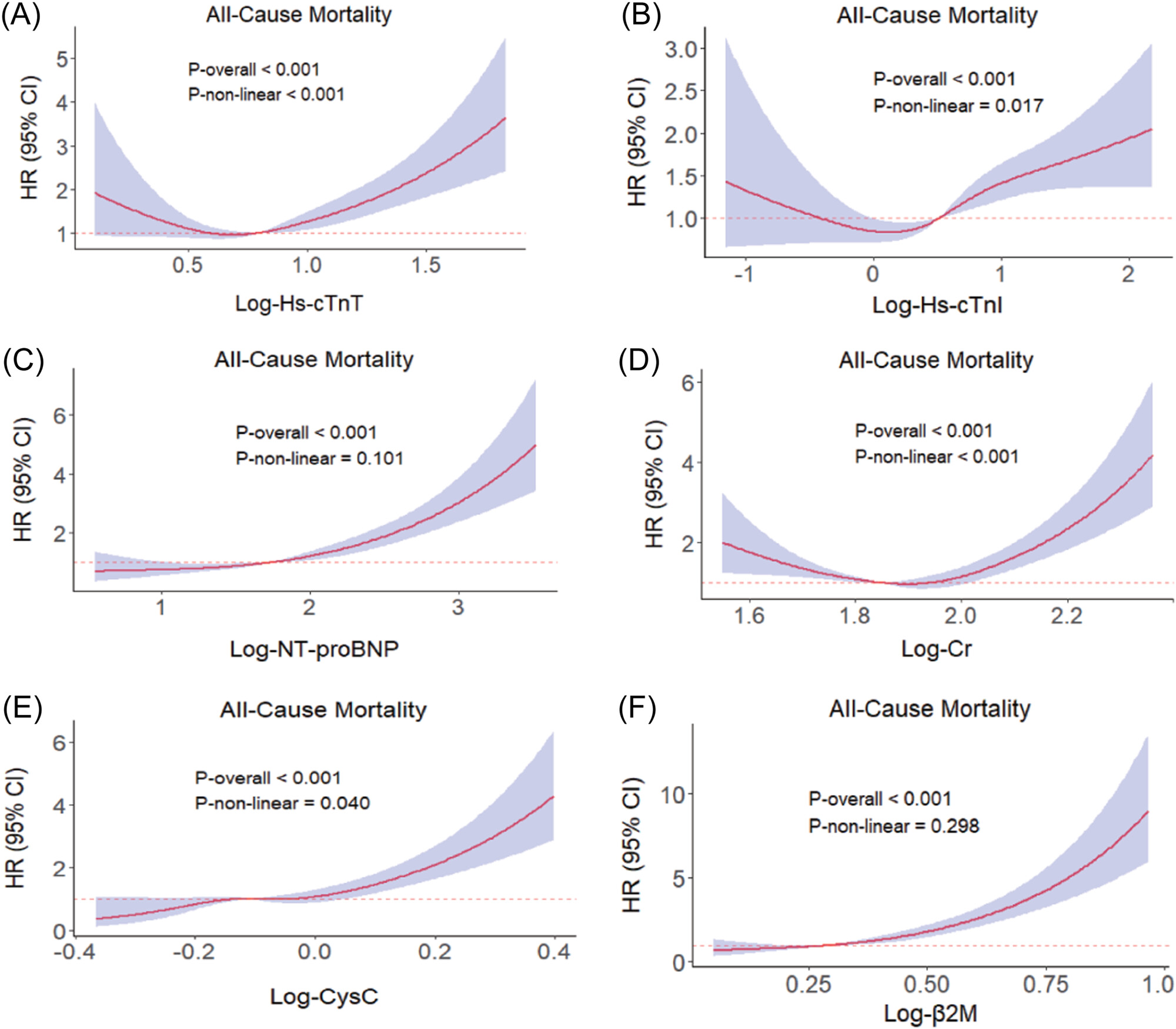
Association between cardiorenal biomarkers and all-cause mortality in MetS patients. Adjusted for age, race, gender, education, marital status, poverty income ratio, smoke status, drink status, and body mass index. The red solid line and gray area represent the estimated hazard ratio values and their corresponding 95% confidence intervals, respectively.
Wearable Technology in the Management of Chronic Diseases: A Growing Concern
- First Published: 10 December 2024
Physical activity, long-term fine particulate matter exposure and type 2 diabetes incidence: A prospective cohort study
- First Published: 30 May 2024
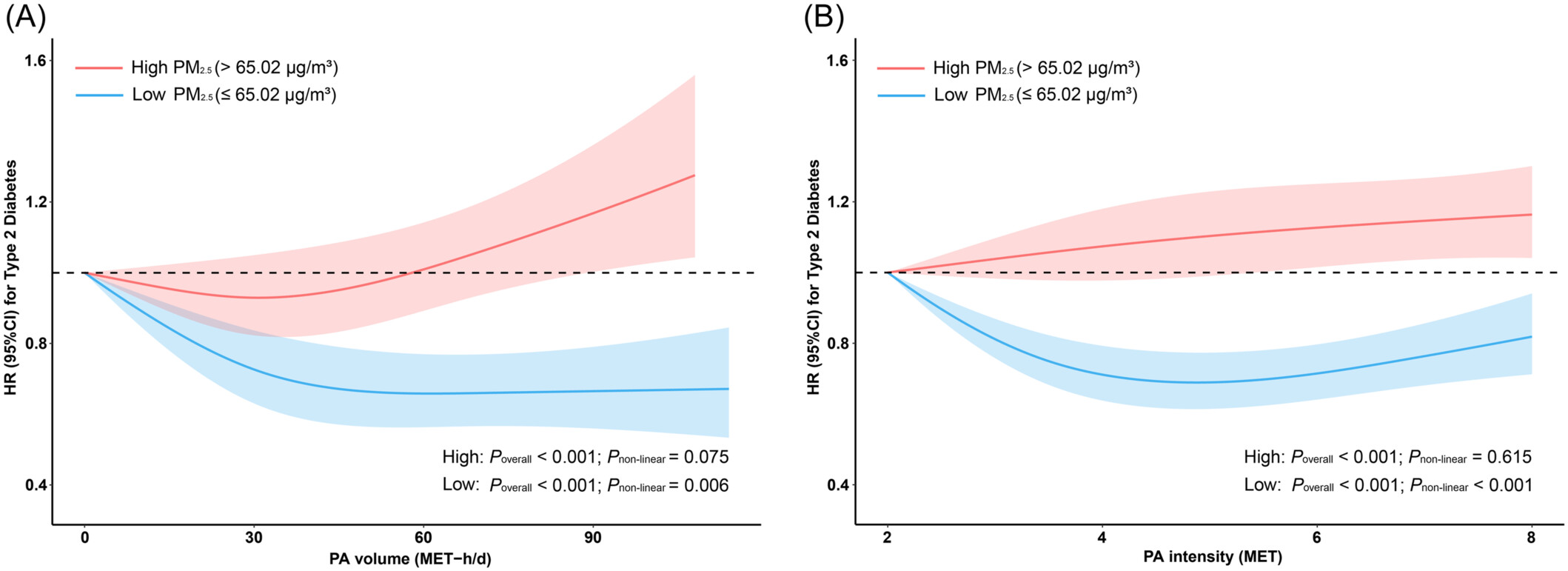
Exposure-response relations of physical activity (PA) with type 2 diabetes were stratified by different levels of PM2.5 exposure. The HRs for type 2 diabetes associated with PA volume (A) and PA intensity (B) were estimated by restricted cubic-spline regression under low and high levels of PM2.5. Solid lines represent HRs, and the shaded areas represent 95% confidence intervals. The models were adjusted for age, sex, urbanization, geographical region, education level, smoking status, alcohol drinking, family history of type 2 diabetes, body mass index, and baseline blood glucose level.
Family history of type 2 diabetes and the risk of type 2 diabetes among young and middle-aged adults
- First Published: 23 July 2024





